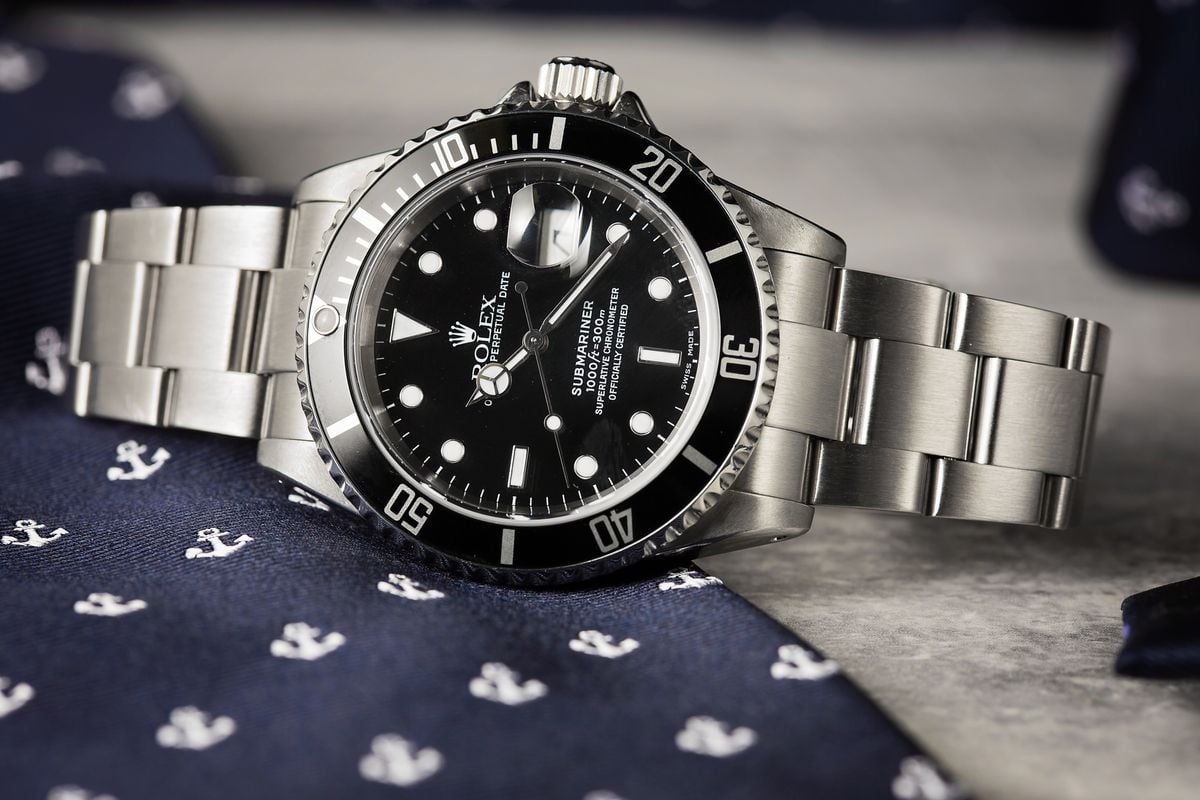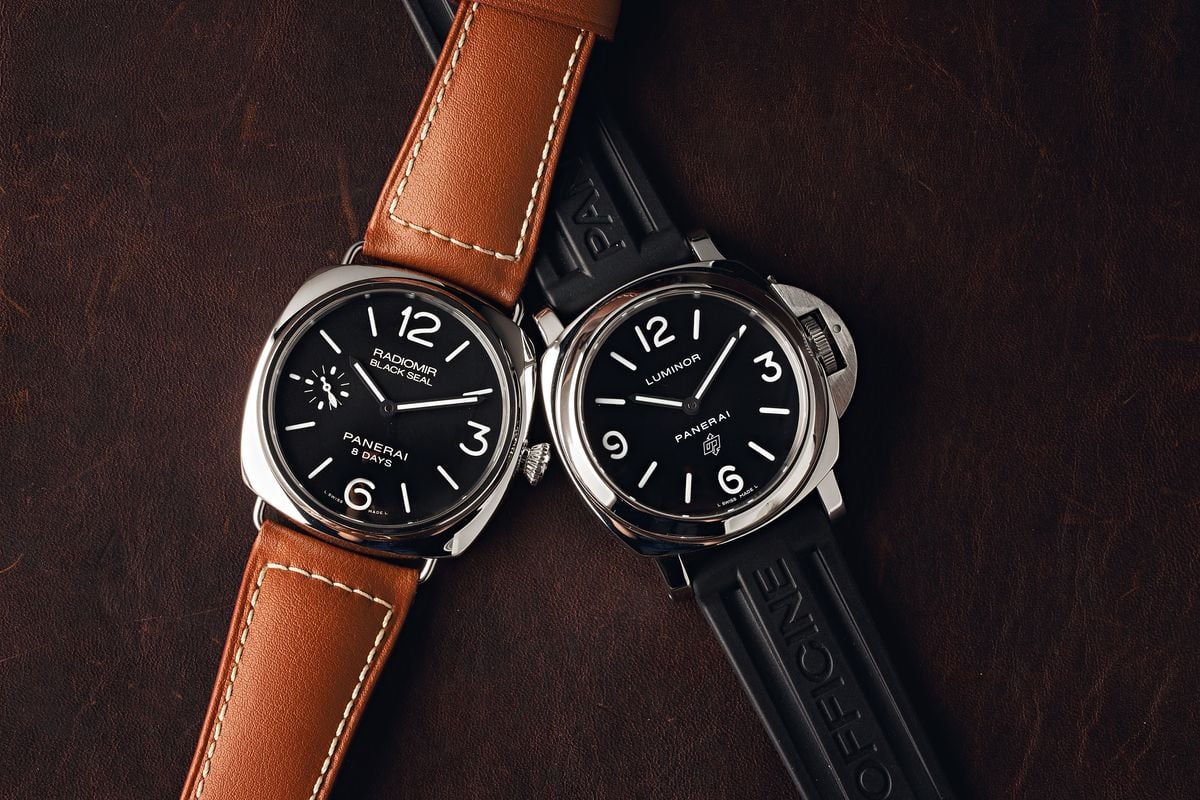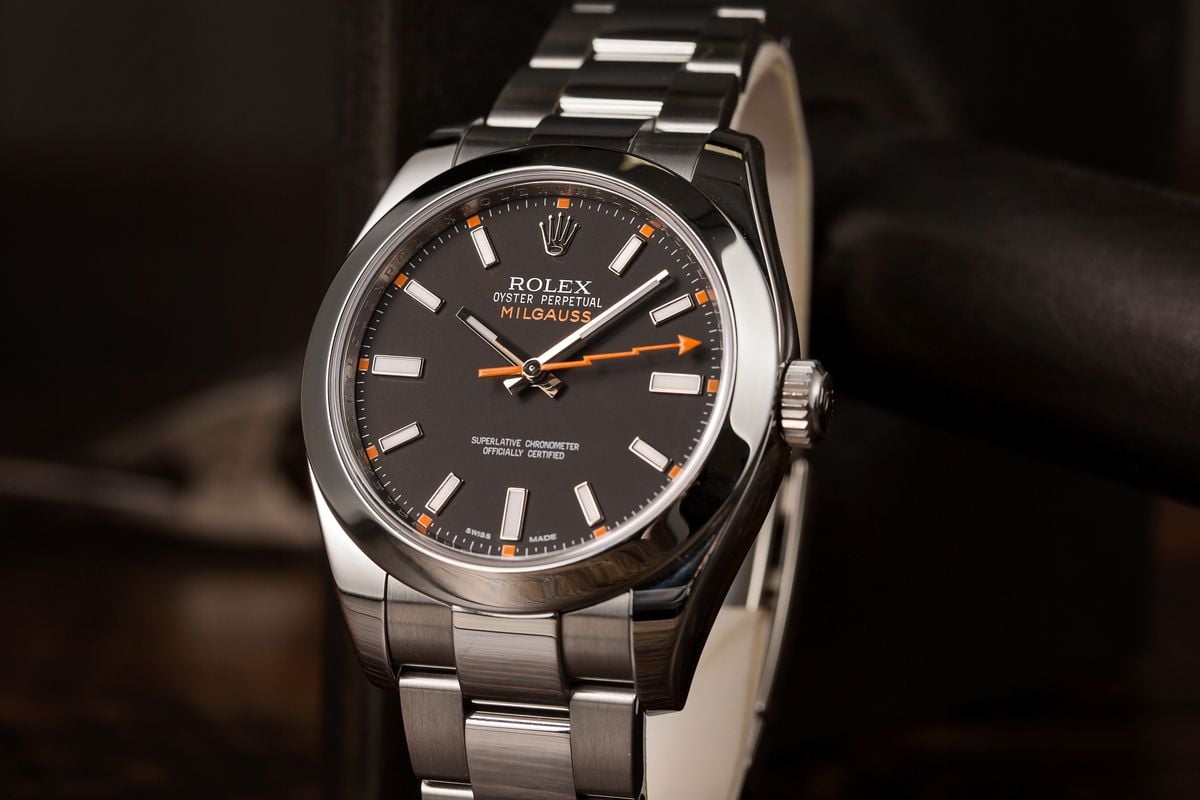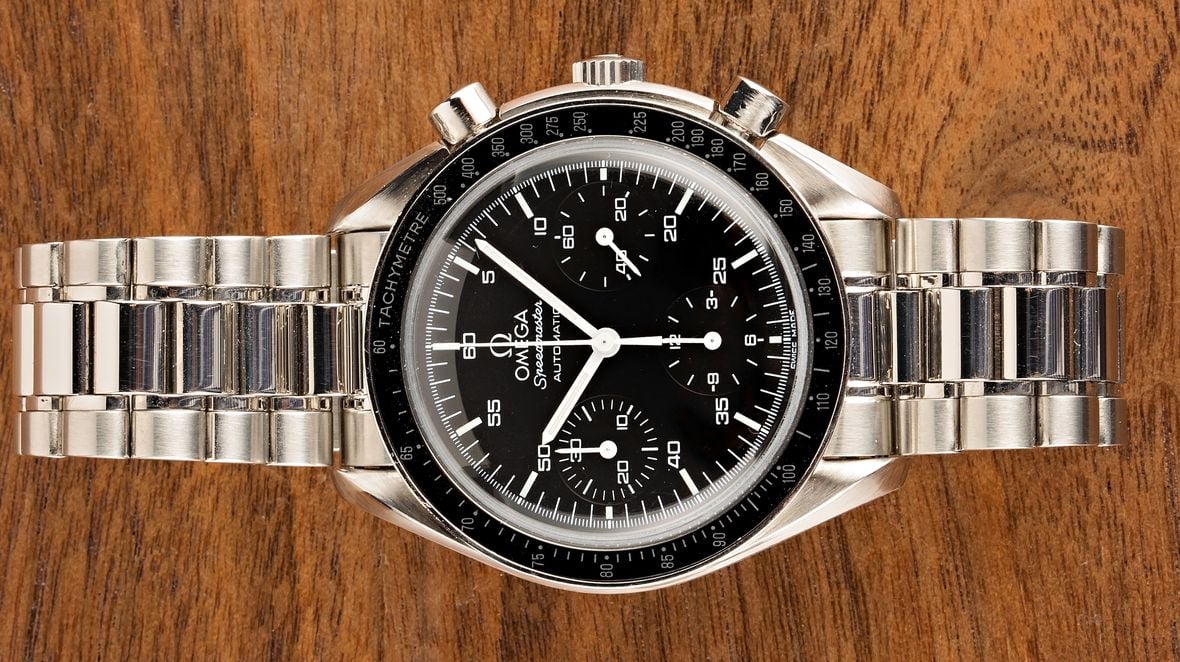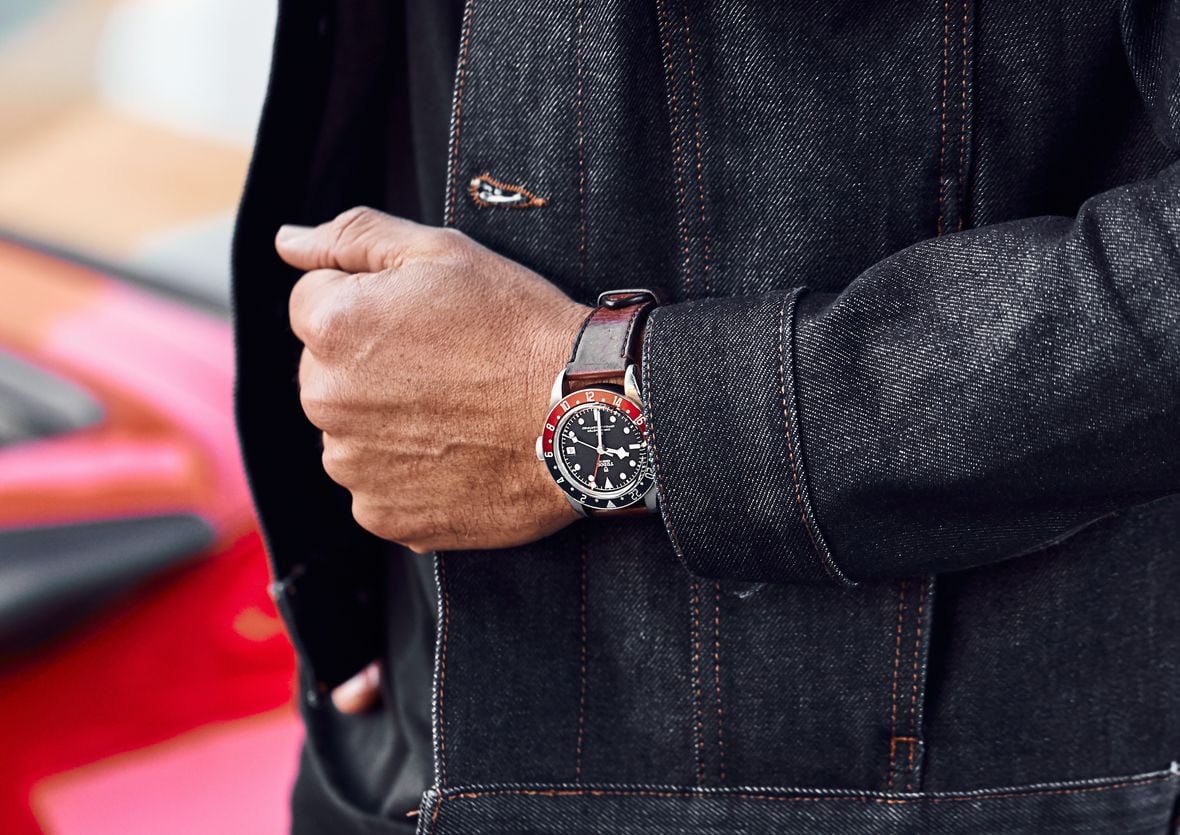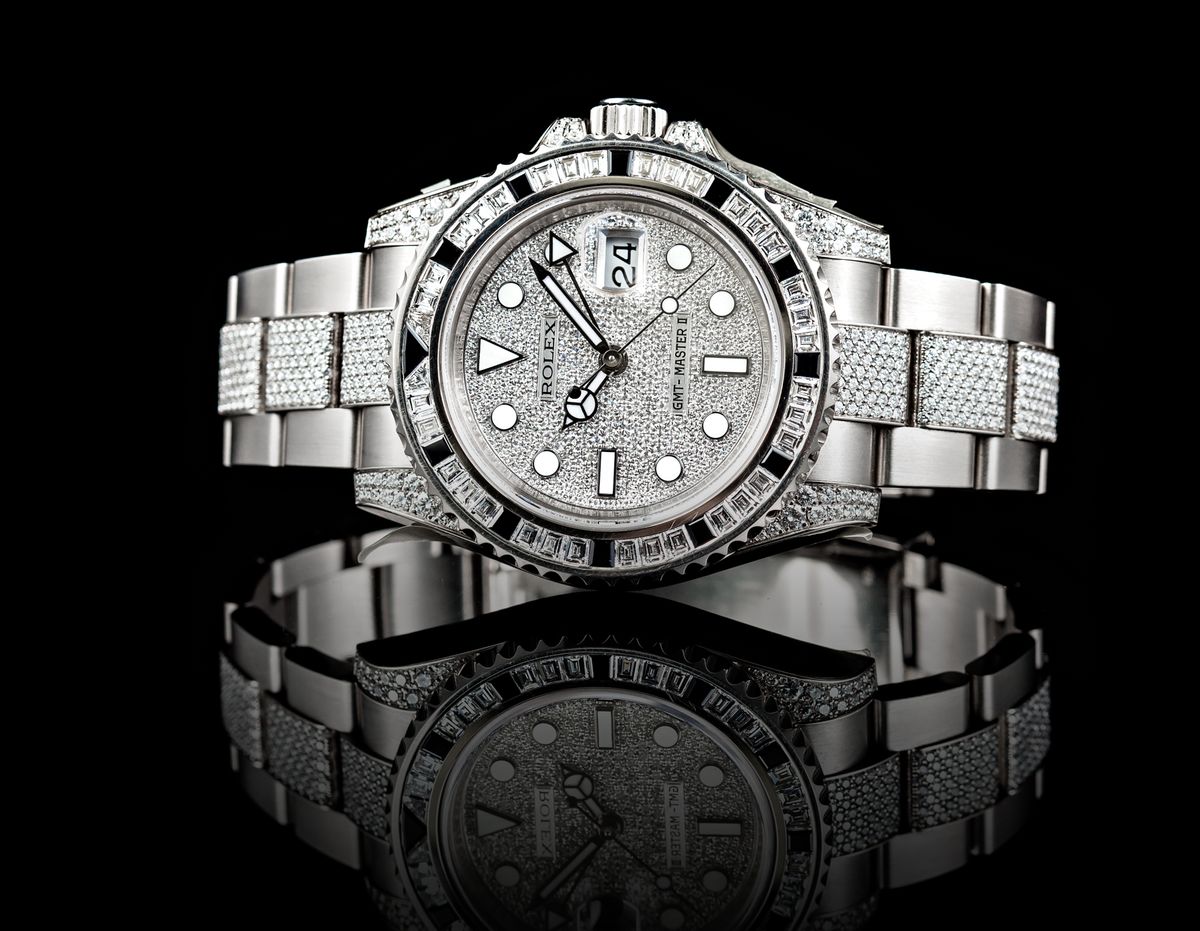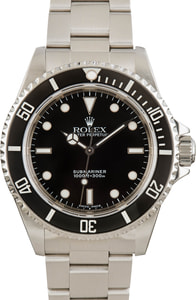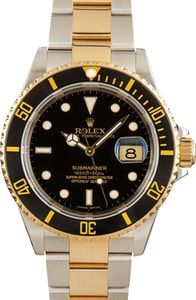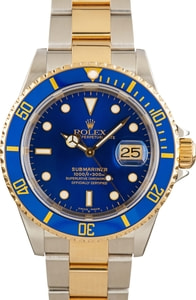There are many different types of watch bezels that fulfill a host of different uses, with the rotating timing bezel on dive watches being the most common. On dress models, they are generally a decorative, aesthetic element and can come in several distinct styles. However, on tool watches, the bezel is often used to add an additional, specialized function.
With a chronograph, you will usually find a tachymeter bezel, marked with units to help drivers measure speed and distance. On the majority of GMT watches, there is a rotating bezel engraved with a 24-hour scale that works in conjunction with an additional hour hand to keep track of an additional time zone. As useful as those are, it is perhaps the rotating timing bezels found on dive watches that are the most important.
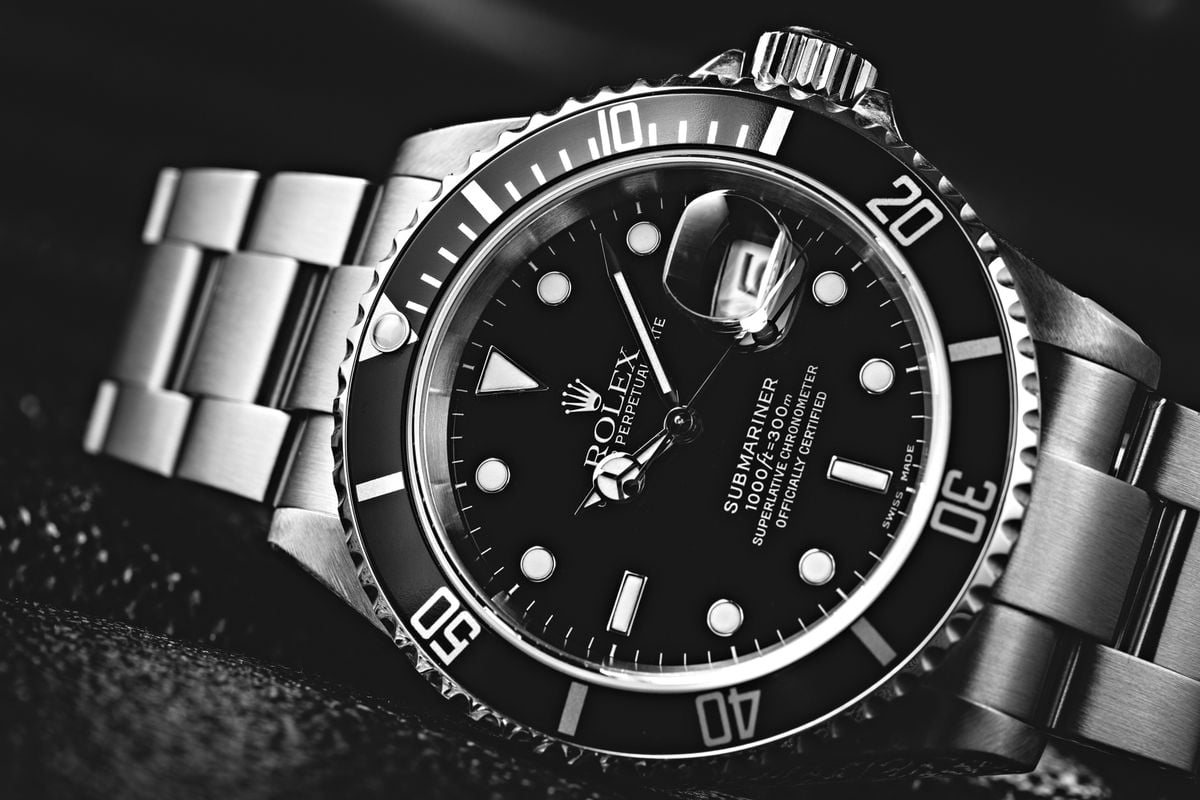
How Do The Bezels on Dive Watches Work?
When the rotating bezel was first introduced on dive watches by Blancpain in the early 1950s, it was long before the invention of the digital dive computers that you might be familiar with today, with their ability to measure everything from depth to the necessary decompression stops.
However, back in the early days of scuba diving, a simple but foolproof system to record how long a diver had been underwater was to use a reliable and highly water-resistant dive watch to measure elapsed time. Even in the modern era, a well-made and dependable mechanical timepiece is the perfect backup to the electronic wizardry of dive computers, with no batteries to die out and a waterproof case that is massively robust.
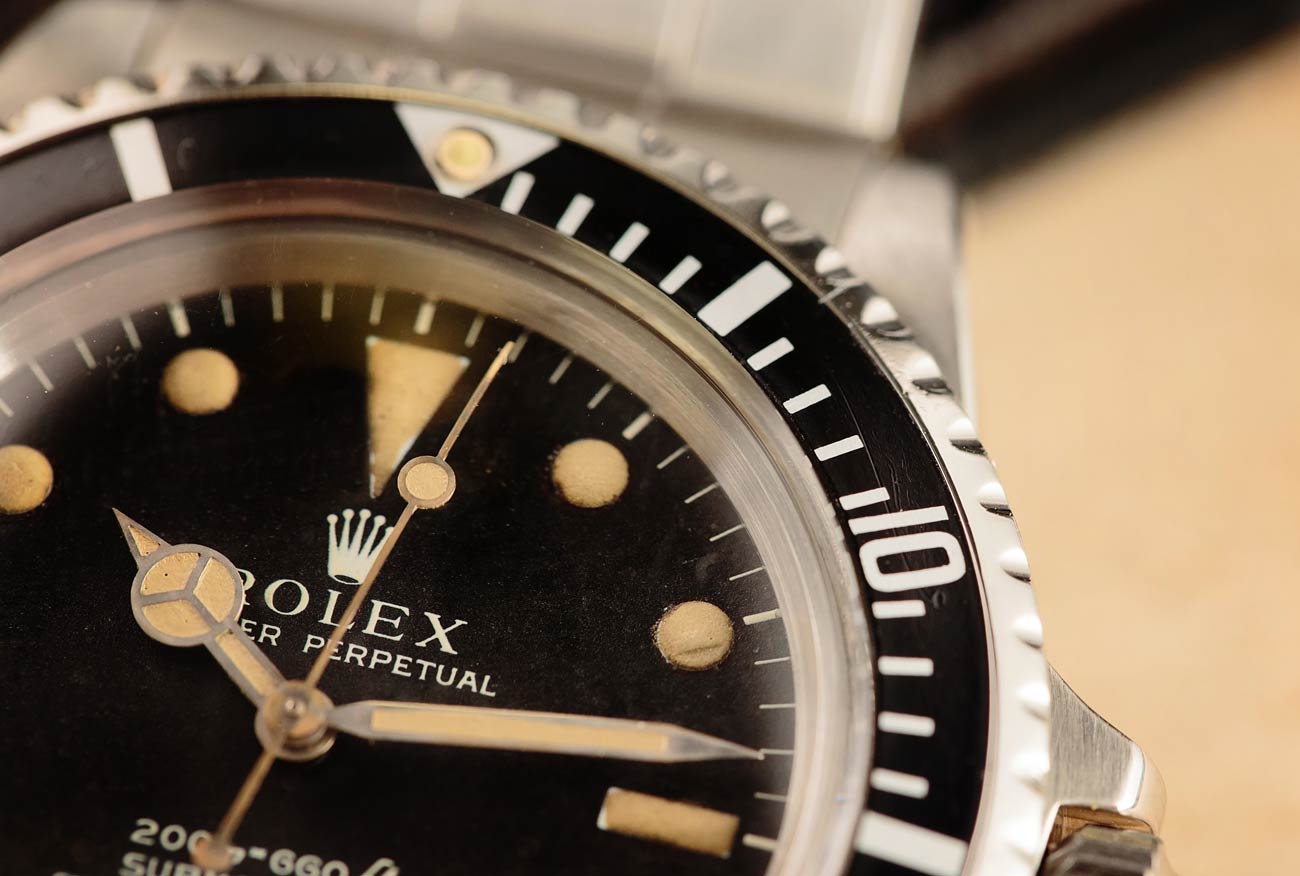
So how do dive watches work? There is a long list of requirements that a timepiece must possess before it can officially qualify as a dive watch, and some form of elapsed time indicator is one of them. The rotating bezel, engraved with 60-minute markings, is about the most rudimentary and straightforward method that has ever devised.
Just before the initial descent, the wearer turns the bezel so the 12 o’clock indicator (usually conspicuous in some way, maybe by the use of a luminous pip) aligns with the minute hand. After that, it is just a matter of reading off where that hand is in relation to the bezel as it continues its way around the dial during the dive. So, if the minute hand is pointing to the 20-marking on the bezel, then the wearer has spent 20 minutes underwater. While simple in design and execution, a rotating timing bezel saves the diver from having to do any arithmetic in their head which, as there is plenty of other stuff to think about on a dive, is certainly a good thing.
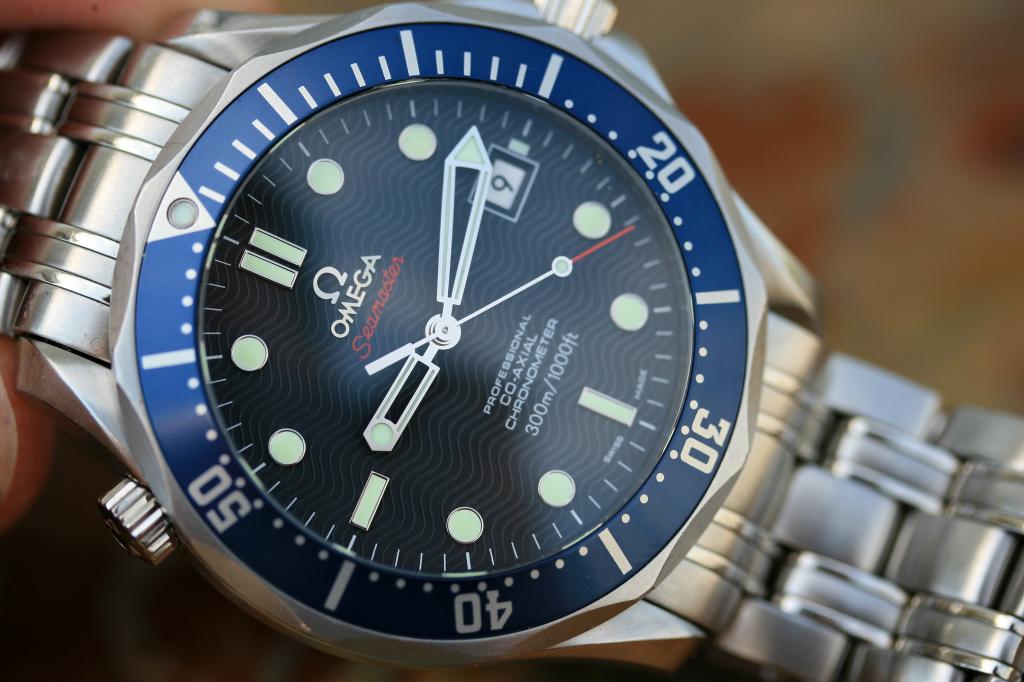
A popular misconception about the rotating timing bezels on dive watches is that they allow divers to calculate how much air they have left in their tank; this is simply not true. The rate at which a diver uses air is dependant on factors such as their physical fitness level, how much they exert themselves while underwater, and even just how they breathe. Dive watch bezels are simply used to measure elapsed time; however, knowing how much time has passed allows divers to figure out a number of other important things, such as whether or not a decompression stop is needed.
For certain underwater excursions, you may need to track the amount of time that you spend at the deepest depth so that you can know whether or not you need to make a safety stop on the way up. For example, using dive tables, you would determine that you could remain at a certain depth for a maximum of 35 minutes before you have to ascend again. In this instance, you would alight the timing bezel with the minute hand once you reached your maximum depth so that you could track your total bottom time.
Should a safety stop be needed on the ascent, the rotating timing bezel on dive watches can be used to track the duration of the stop itself. For example, if after spending a period of time at depth, a diver requires a safety stop of 5 minutes, they can simply ascent to the proper depth (measured with a depth gauge), and then align the bezel on their dive watch with the minute hand to track how long they have spent at the stop. Modern dive computers will do all of this automatically; however, having a reliable backup method that does not rely on batteries can be the difference between life and death in certain situations.
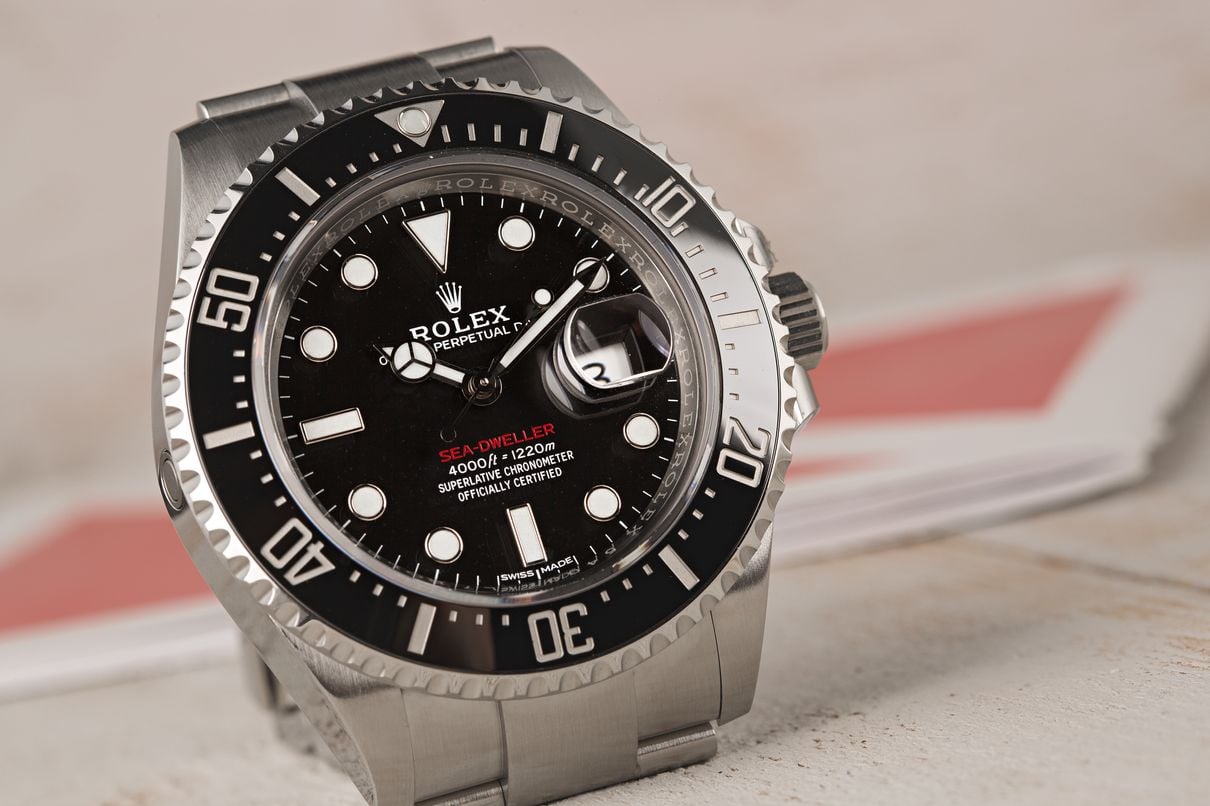
The Different Types of Bezels on Dive Watches
There are actually two different types of rotating dive watch bezels; internal and external. As ingenious as the systems are, each has particular strengths and weaknesses, mainly concerning how to stop the bezel from getting accidentally bumped or moved. Obviously, if the bezel gets knocked during a dive, it will affect the reading. If it spins clockwise, the bezel is now showing a reduced time underwater – and for a wearer relying on the watch as their only timer, this could potentially be disastrous.
Realizing this from the very beginning, Blancpain patented the unidirectional external bezel for their Fifty Fathoms model in 1953. This type of dive bezel only rotates one way – counterclockwise, so that if it gets unintentionally turned, the reading will overestimate the time spent submerged, causing the diver to surface sooner rather than later, or take a precautionary safety stop, rather than having the impression that a stop is not needed.
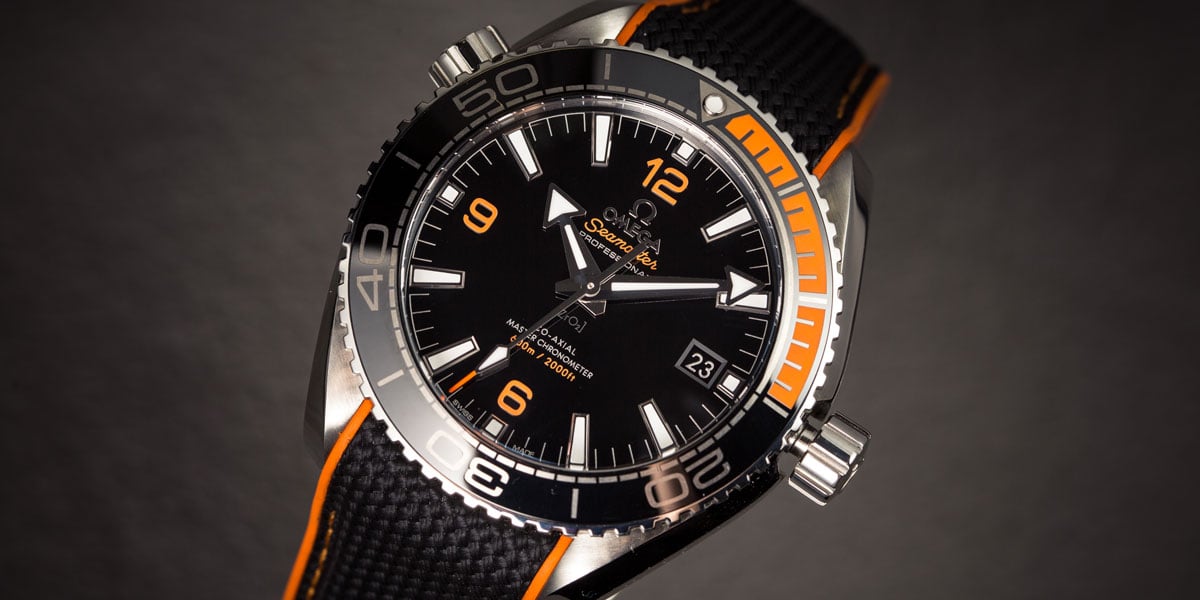
Interestingly, the copyright for the unidirectional bezel was held by Blancpain right up until 1983, meaning no other watch manufactures could use it. You will find vintage models with bidirectional bezels, but in 1996 ISO 6425 laid down all the regulations for a modern dive watch, with a one-way bezel near the top of the list.
Some brands include some form of bezel-locking mechanism to further reduce the chances of an inadvertent operation – the Omega Seamaster Ploprof and Oris ProDiver are prime examples. The other type of dive bezels are internal and are installed under the watch’s crystal, meaning that they are out of harm’s way and controlled by an additional crown. Most often bidirectional, internal dive bezels are not as common as their external counterparts for several reasons.
The main one is ease of use. A small crown is more difficult to manipulate than an exterior bezel, especially when wet and/or wearing wetsuit gloves. Additionally, having a second crown means that there is another potential point for water ingress and additional gaskets need to be maintained to ensure water resistance. That being said, internal bezel watches have a dressier, more formal look and are a feature that is seldom seen on modern dive watches, which is something that certainly attracts plenty of people.
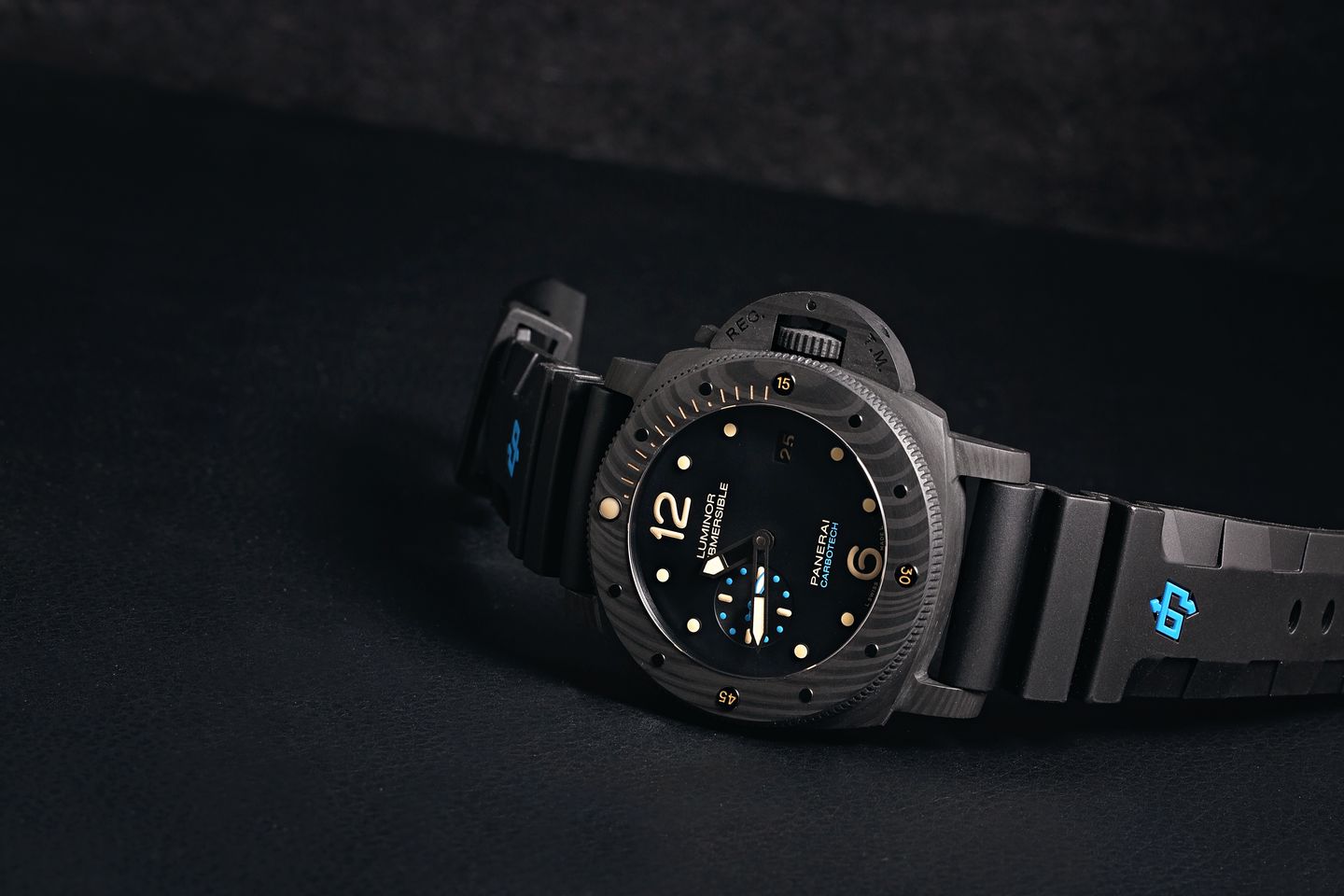
What If I Don’t Dive?
Realistically, it has been a long time since anyone bought a luxury dive watch like a Rolex Submariner or an Omega Seamaster Diver 300M with the sole purpose of going diving with it. Although these watches were once regarded as purpose-built underwater tools, they have become luxury icons and status symbols in the modern era. While these dive watches are more capable of performing their underwater duties than ever before, most never go beyond the deep end of the pool.
Perhaps the biggest reason why dive watches remain among the most popular genres of timepieces is their combination of exquisite, intentional styling blended with durable construction and superior water resistance. These characteristics are a necessity for use underwater, but they also make these watches the perfect timepieces for everyday wear and use. Many dive watches, especially from the more luxury-oriented end of the scale, can legitimately serve as both formal and casual wear with no problem.
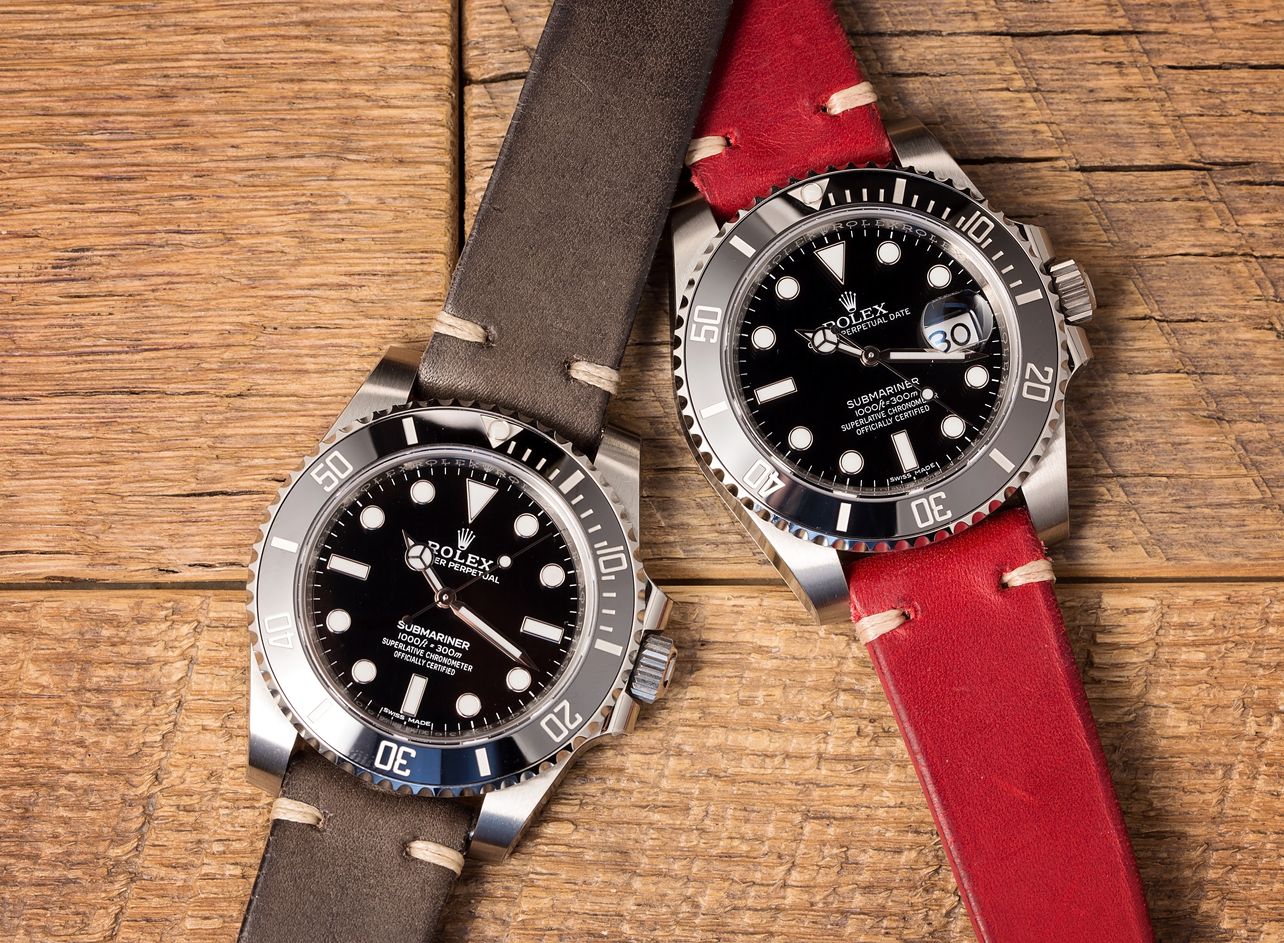
Additionally, a rotating timing bezel can be useful in plenty of situations other than your next underwater adventure. Basically, anything that requires timing of some sort, such as making sure you don’t burn your dinner or keeping track of when your laundry will be finished can be timed with a dive bezel. Of course, should you actually scuba dive, the decades of heritage and constant innovation that has gone into contemporary dive watches makes them the perfect backup for a dive computers and an invaluable extra safety arrangement.
The exclusive use of a rotating bezel is considered a rudimentary diving technique in the 21st century, suitable for basic, shallow single gas (air) diving only. Non-basic diving profiles and depths past 30 m (98 ft) require other more advanced timing and measurement methods to establish suitable decompression profiles to avoid decompression sickness. Besides being used for basic diving and as a backup for monitoring time during more complex scuba diving ventures, the unidirectional bezel on dive watches can also be used for other day-to-day situations in which the measurement of elapsed time (under one hour) might be useful, like keeping track of how much time you have left on a parking meter.
Digital dive watches usually perform the elapsed time function by use of a standard stopwatch function. Additionally, digital dive watches may also feature a depth gauge and logging features; however, they are not usually regarded as a substitute for a dedicated dive computer. Overall, while the mechanical dive watch has been replaced by technologically advanced dive computers, they still remain a useful piece of equipment for scuba divers, serving as a reliable backup timing device that is not dependant on the limited life of a battery.
